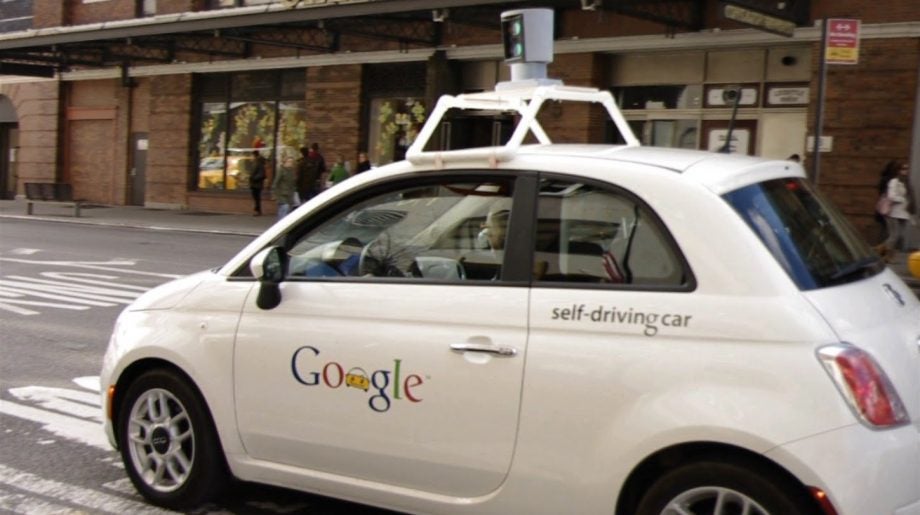Here’s the real reason why Google shelved its early self-driving car projects

While Google’s work on self-driving cars is motoring on, the search giant’s early autonomous car experiments had to be shelved after it found its test drivers were applying makeup or falling asleep behind the wheel.
John Krafcik, CEO of Waymo, Google’s driverless cars division, halted its work on semi-autonomous advanced driver assistance systems as its test drivers were not behaving responsibly behind the wheel, with some even falling asleep while cruising down motorways at 55mph.
“We shut down this aspect of the project a couple of days after seeing that,” said Krafeik.
While self-driving cars at levels four and five of autonomy can cope with a driver drifting off and still remain safe, the cars Waymo was testing were equipped with autonomous driver aids rather than being wholly self-driving. This meant distracted and sleepy test drivers posed a danger to the cars and themselves.
“The better you make the driver assist technologies… the more likely the human behind the wheel is to fall asleep, and then when the vehicle says, ‘Hey I need you to take over’, they lack contextual awareness,” noted Krafeik.
Even at the highest levels of autonomy, where self-driving systems are touted to be better than many human motorists, an alert driver is still needed to take over control of a test vehicle if the autonomous driving system happens to fail or makes a decision that puts the car, other motorists, or pedestrians at risk.
The positive aspect to Waymo’s wayward test drivers is it prompted the company to commit to testing vehicles equipped for the highest levels of autonomy rather than work on advanced driver assistance tech.
This could be the reason why Google has been making tracks with its autonomous vehicle testing and why the automotive world is travelling ever closer to fully driverless cars.
Related: Death by driverless car – who’s to blame when it goes wrong?
Would you put your life in the hands of a driverless car system? Let us know your thoughts on Twitter or Facebook.

